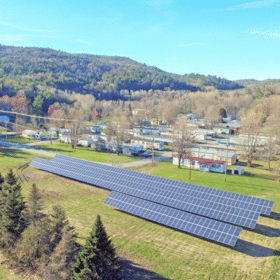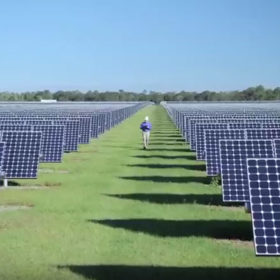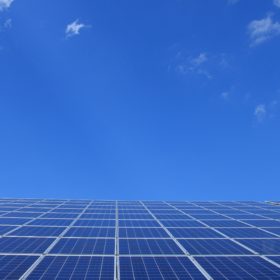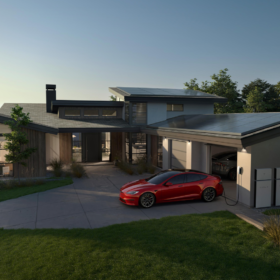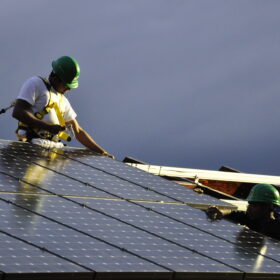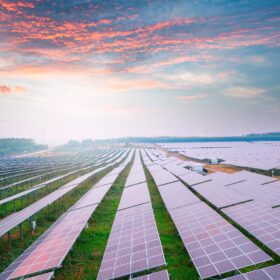Two Midwest states look to expand community solar presence
Michigan and Wisconsin have both introduced community solar legislation, banking on the success that neighboring Minnesota has had with community installations.
FPL’s ‘community solar’ program reaches its subscription limit
A year after its launch, the residential portion of SolarTogether joins commercial, industrial, and government portions in being fully subscribed, with the waiting list also at 100% capacity.
UK government launches competition to spur long-duration energy storage innovation
New tech which can store power for longer than four hours can secure funds toward demonstrator project costs.
Sunrise brief: Startup raises $200 million to back its ‘breakthrough’ energy storage battery
Also on the rise: Developers scrap an 850 MW solar project after local objection, Rivian plans a second EV plant in the U.S., Ohio regulators consider another 470 MW of solar, and more.
Ohio regulators consider another 470 MW of solar
The Clearview Solar I project and the Union Solar project are both set to have hearings in mid-August, bringing the total amount of utility scale solar proposed or approved this summer alone to 1,938 MW.
Storage paired with solar shows steady growth, Berkeley Lab says
The report pegged the cost of adding storage to PV on the order of $700-1,300/kWh of storage capacity and the present-value benefit to the host customer of roughly $500-1,000/kWh.
Tesla Powerwalls in California join the movement to create virtual power plants
Made up of distributed residential energy storage, these “plants” stabilize the grid and often end the need for new fossil generation. Tesla customers in California are the latest to join the movement.
Sunrise brief: The path steepens to 80% renewables by 2030
Also on the rise: Sandia develops a grid-scale battery storage technology, NREL researchers write code to make legacy inverters smarter, and take a moment to admire these solar panels.
Sandia researchers develop new grid-scale energy storage battery
The battery operates at 230 degrees Fahrenheit, opening what researchers said could be “a whole cascading cost savings” including everything from less expensive materials to less insulation.
NREL develops interoperable SCADA protocols for PV inverters
The codes enable legacy inverters to participate in advanced distribution management.
